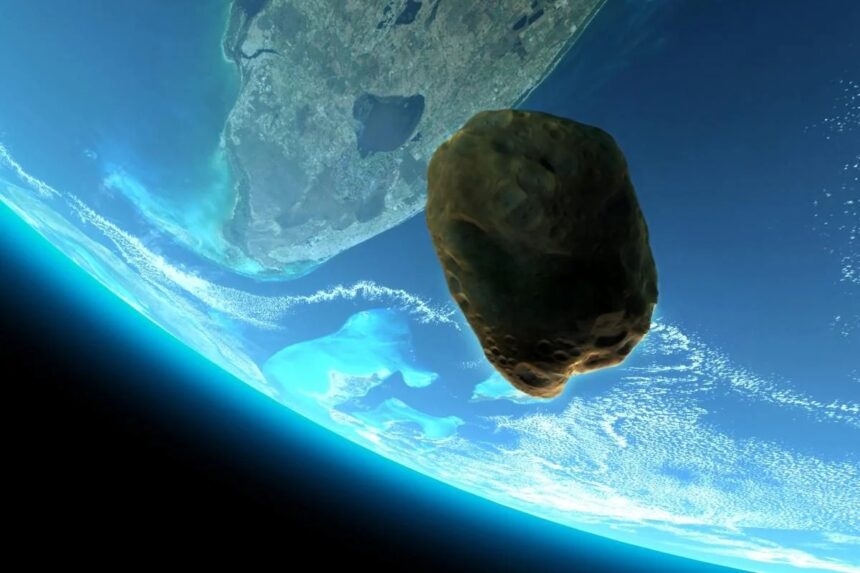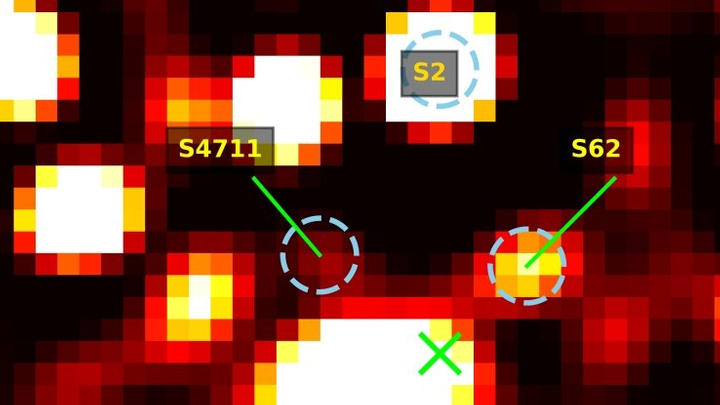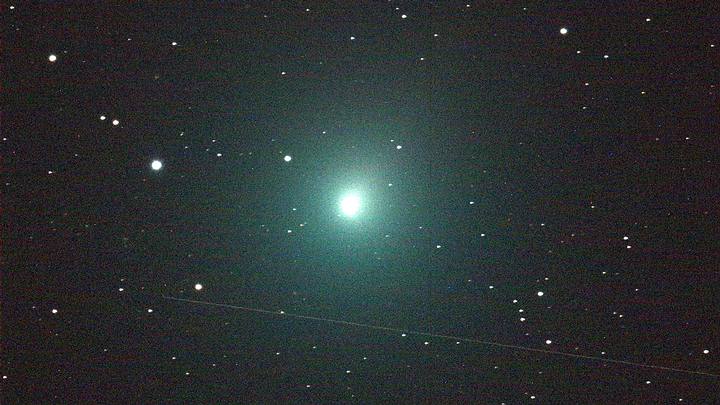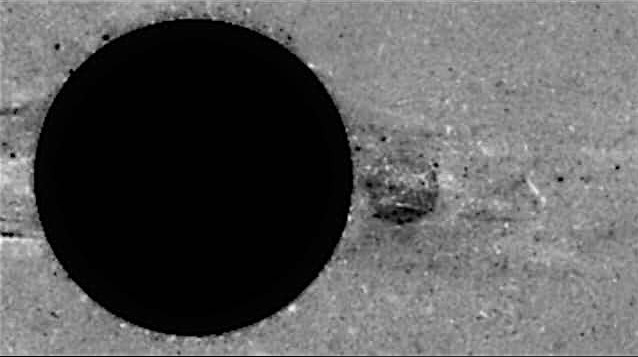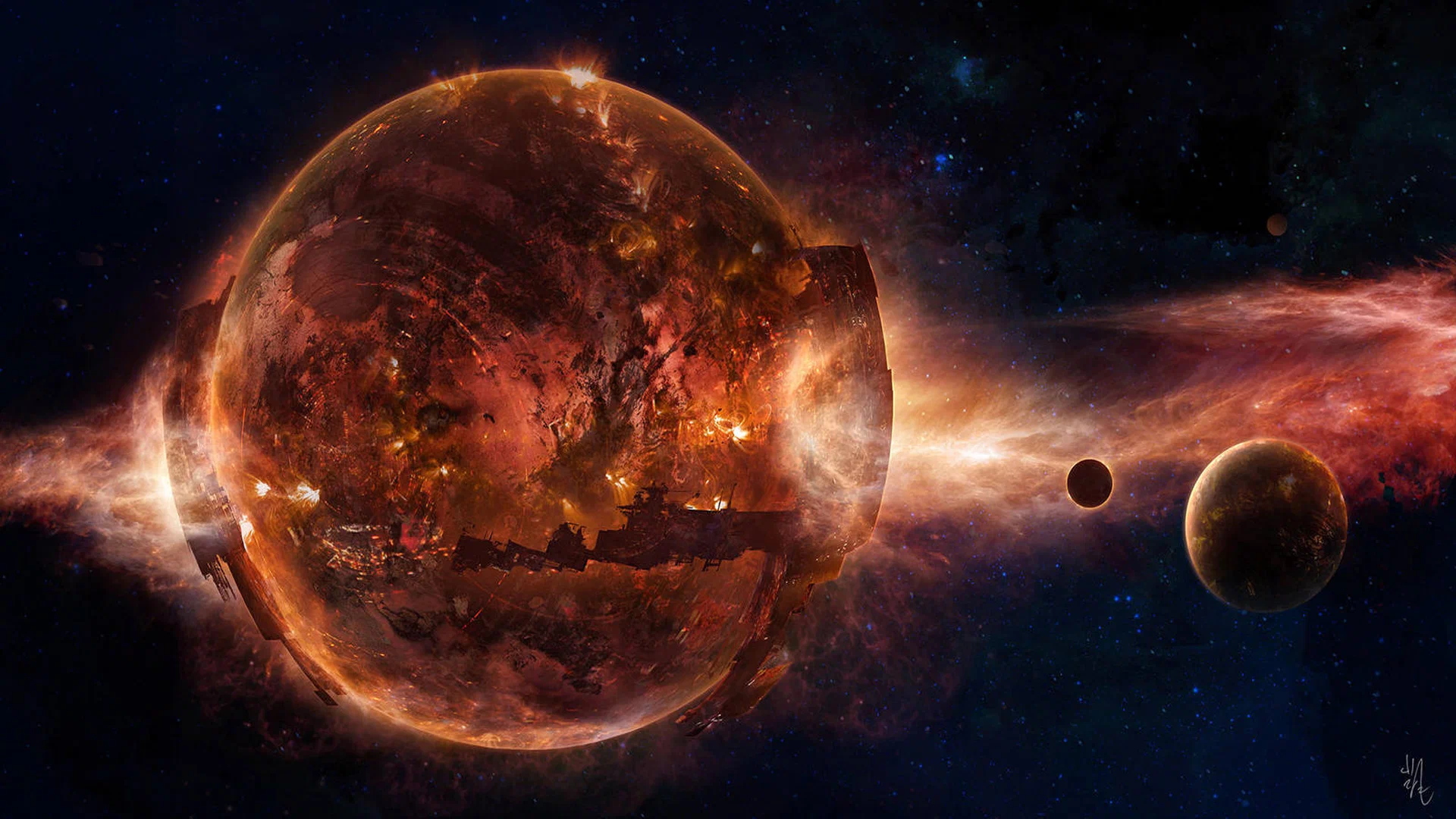NASA has issued an updated warning about asteroid 2024 YR4, stating that the likelihood of this massive space rock colliding with the Moon has risen significantly, now aligning with what experts are calling the “pessimistic scenario.”
The asteroid, which measures between 53 and 67 meters in diameter—roughly equivalent to the height of a ten-story building—could unleash catastrophic energy if it strikes.
Earlier projections estimated that a potential lunar impact on December 22, 2032, would release approximately 8 megatons of energy, a force over 500 times greater than the Hiroshima nuclear bomb. Mark Burchell, a space science professor at the University of Kent, explained that if the asteroid hit the Moon’s Earth-facing side, the resulting flash would be instantly noticeable.
“It would definitely be visible with telescopes, maybe even with binoculars,” he shared in an interview with New Scientist.
Recent data from the James Webb Space Telescope (JWST) has sharpened our understanding of the asteroid. Infrared observations have refined its size estimate and revealed a troubling increase in the odds of a lunar collision, jumping from 1.7% to 3.8%, according to NASA. In JWST images, 2024 YR4 appears as a faint dot, a testament to its distance and the precision of the telescope’s technology. (Image credit: NASA, ESA, CSA, STScI, A Rivkin [JHU APL]).
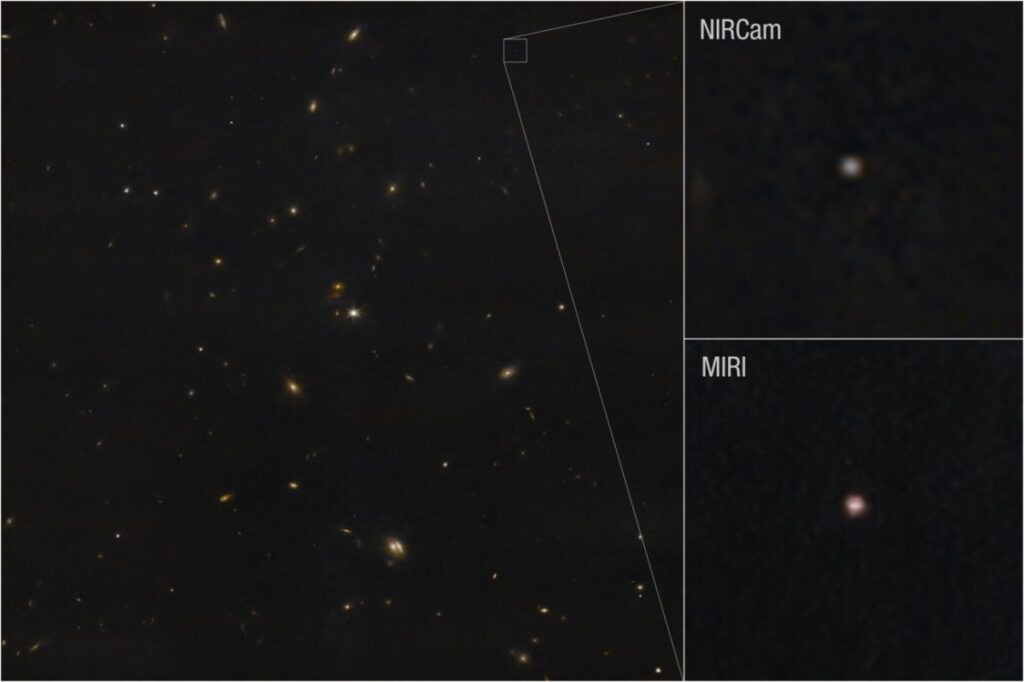
The asteroid initially sparked global concern due to a separate risk: a possible Earth impact. At one point, astronomers calculated a 3.1% chance of it striking our planet, prompting an urgent response. An international team of experts secured emergency access to JWST to study the threat more closely. Later observations, however, lowered the Earth-impact probability to a reassuring 0.004%.
First spotted on December 27, 2024, just two days after Christmas, 2024 YR4 zipped past Earth at a distance of 800,000 kilometers. Its discovery triggered an unprecedented coordinated response from international space agencies. The European Space Agency (ESA) noted that the asteroid met the criteria to activate two United Nations-backed groups: the International Asteroid Warning Network (IAWN), led by NASA, and the Space Mission Planning Advisory Group (SMPAG), chaired by ESA. IAWN oversees the global effort to monitor and analyze asteroids, while SMPAG focuses on sharing data and crafting strategies to mitigate threats.
Should 2024 YR4 pose an immediate danger, humanity isn’t defenseless. In 2022, NASA’s DART mission successfully altered the trajectory of the asteroid Dimorphos by crashing a spacecraft into it—a historic first in planetary defense. This technique could potentially be used again to nudge small asteroids away from Earth or the Moon.
Currently, 2024 YR4 is drifting farther from Earth and will soon fade from view for ground-based telescopes, expected around mid-April 2025. Astronomers plan to use JWST for another round of observations in early May to further track its path and refine impact predictions. For now, the world watches and waits as this cosmic visitor continues its journey through the solar system.







